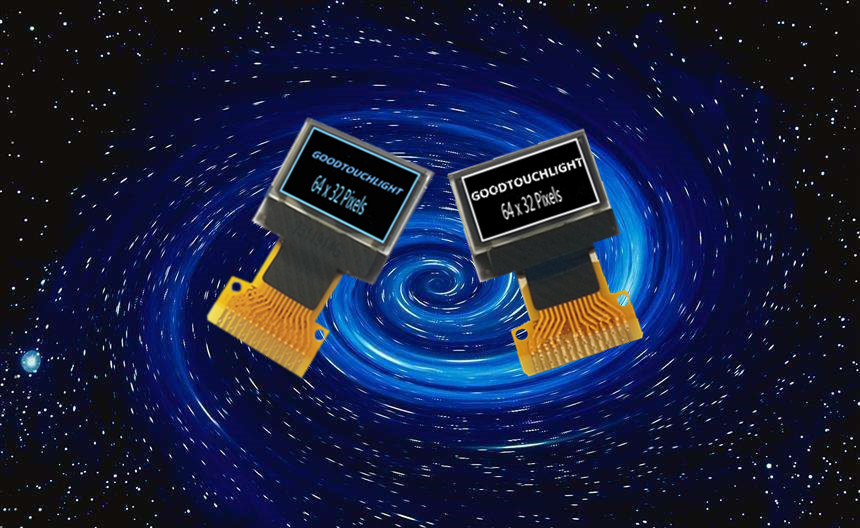Categories
- Technology (6)
- Application (6)
- News (5)
» Technology » OLED Introduction

The basic structure of OLED is a thin and transparent semiconductor indium tin oxide (ITO), which is connected to the positive pole of electric power, and another metal cathode, which is wrapped into a sandwich structure. The whole structure includes: hole transport layer (HTL), luminescence layer (EL) and electron transport layer (ETL). When the power supply to the appropriate voltage, the positive electrode hole and the cathode charge will combine in the luminous layer, produce brightness, according to the formula of the red, green and blue RGB primary colors, constitute the basic color. OLED is characterized by its own luminescence, the different from TFTLCD which requires backlight, so its visibility and brightness are both high, followed by low voltage demand and high power saving efficiency, coupled with fast response, light weight, thin thickness, simple structure, low cost, etc., it is regarded as one of the most promising products in the 21st century.
The luminescence principle of organic luminescent diodes is similar to that of inorganic luminescent diodes. When the component is subjected to DirectCurrent; When the DC) derived forward bias voltage is added, the external voltage energy will drive the Electron (Electron) and Hole to be injected by the cathode and anode respectively. When the two meet and combine in conduction, the so-called electron-holecapture is formed. When a chemical molecule is excited by external energy, if ElectronSpin and ground state electron pair, it is a Singlet, and the light it emits is called Fluorescence. On the contrary, if the excited state electron and the ground state electron spin are unpaired and parallel, it is called Triplet, and the light released by it is called phosphorescence
When the state of the electronic location by the excited state of high-energy order returned to the steady low order, its energy will respectively by the photon (LightEmission) or thermal energy (HeatDissipation), in which part of the photons can be used as a display; The theoretical limit of the luminous efficiency of pm-oled components is only 25%, since the organic fluorescent materials cannot observe the tri-state phosphorescence at room temperature.
The principle of pm-oled luminescence is to convert the released energy into photons by using the material energy order difference, so we can choose the appropriate material as the luminescent layer, or mix dye in the luminescent layer to get the luminescent color we need. In addition the general reaction between electrons and holes is within tens of nanoseconds (ns), so the response speed of pm-oled is very fast.
Typical structure of pm-olem. Typical pm-oled by glass substrate, ITO (indiumtinoxide; Indium tin oxide) Anode (Anode) and organic light emitting layer (EmittingMaterialLayer) and Cathode (Cathode), among them, the thin and transparent ITO Anode and Cathode metal like a sandwich to organic light emitting layer sandwiched between them, when the voltage injection holes (Hole) of Anode and Cathode to electronic (Electron) in organic light emitting layer, stimulate the organic material and light.
Currently, the multi-layer pm-oled structure with better luminous efficiency and widely used is required to produce HoleInjectLayer expect glass substrate, anode and cathode electrode and organic luminous layer. HIL) and HoleTransportLayer. HTL, electronic transport layer; ETL and electronic injector layer; EIL) structure, and the transport layer between the electrode and to set up the insulation layer, so the thermal evaporation (Evaporate) processing difficulty relatively increased, the production process is complicated.
As organic materials and metals are quite sensitive to oxygen and water vapor, they need to be packaged and protected after production. PM – OLED is made up from of several layers of organic thin films, but the organic film thickness is only about 1000 ~ 1500 A ° (0.10 ~ 0.15 um), the display board (Panel) in packaging Desiccant (Desiccant) after total thickness of less than 200 um (2 mm), and has the advantages of light.
Note: information from FPDisplay original or media partners
